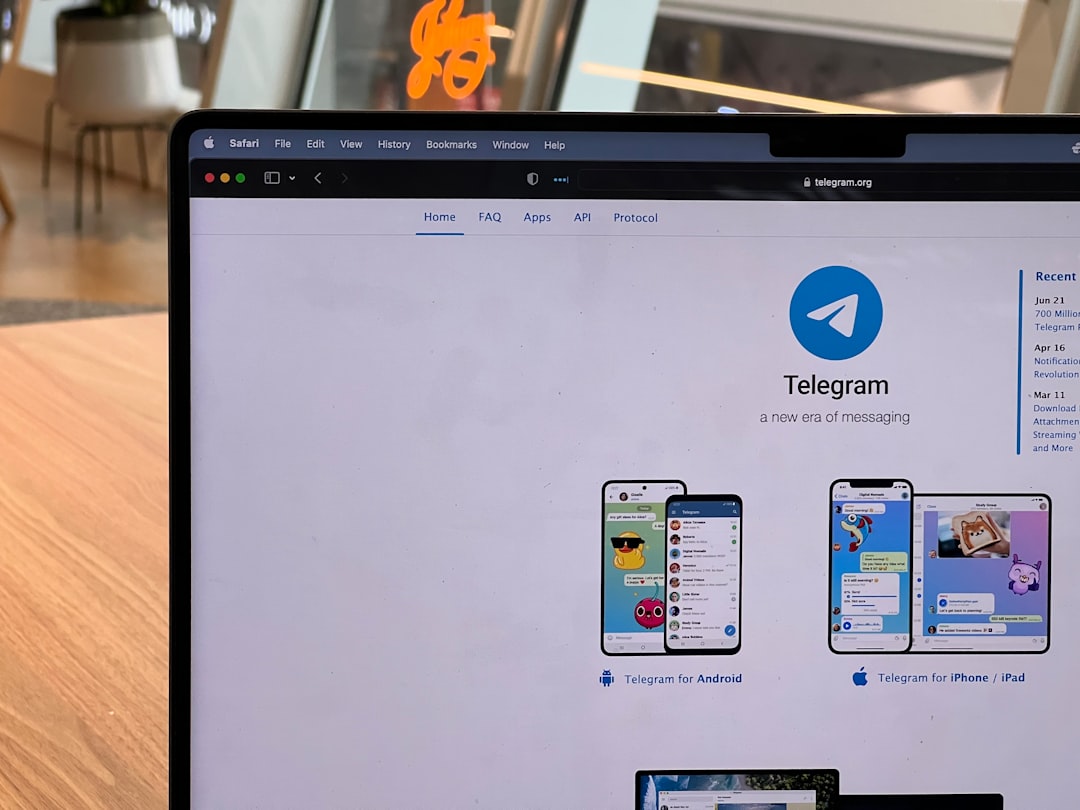In the digital world where content creators thrive on seamless user experiences, few things are more frustrating than an unexpected error message. Recently, a growing number of users have encountered the now-infamous Linktree TikTok error—a maddening issue that hinders creators from seamlessly linking their audiences from TikTok to a desired destination. What should have been a simple journey from a bio link to a landing page has transformed into a challenging game of internet whack-a-mole, with browser windows and mobile apps playing an unwanted leading role.
What is the Linktree TikTok Error?
The Linktree TikTok error typically occurs when a user clicks a Linktree URL embedded in a TikTok profile or video description and is met with either a blank page, a loading loop, or the shattering phrase: “Something went wrong.” The issue has left creators, marketers, and users scratching their heads, refreshing tabs, and wondering if it’s TikTok’s doing, Linktree’s fault, or a larger issue with embedded links within social apps.

This issue has had significant implications:
- Loss of traffic to websites and affiliate links
- Decreased audience engagement
- Reduced opportunities for monetization
- Frustration and negative user experience
While it may sound like a minor glitch to an outside observer, to those who rely on the seamless flow of traffic from TikTok to their Linktree—especially small business owners, influencers, and digital service providers—this error has been a major roadblock.
The Role of TikTok and Linktree
To understand the root of the problem, one must look at how both Linktree and TikTok function together. TikTok, geared toward fast visual content, typically allows creators to place a single clickable link within their bio. This link is often directed to a Linktree page—a micro-landing site that hosts multiple links, enabling creators to consolidate their online presence into a single accessible portal.
However, recent app and browser behavior have indicated that TikTok’s in-app browser—likely in an effort to minimize external tracking and reinforce platform security—struggles to correctly render or redirect Linktree pages. This is often compounded by Linktree’s URL redirection and the embedded tracking codes used for analytics and user insights.
The result? A disjointed handoff between TikTok’s internal browser and Linktree’s external redirect scripts, culminating in the all-too-familiar error screen.
Technical Analysis: What’s Really Going On?
Experts have pointed to a mix of technical challenges that appear to be contributing to the error. These include:
- In-app browser restrictions: TikTok’s browser is heavily sandboxed and may restrict cookies or scripts that Linktree relies on.
- HTTPS redirect complications: Linktree often redirects from a shortened URL to a secure page. Any hang-up in this redirection can result in timeout or errors.
- Device and OS variability: Android and iOS respond differently to embedded content and third-party domains.
- Ad-blockers and privacy plugins: Users with enhanced privacy settings on their device may inadvertently block essential Linktree scripts from loading correctly.
Moreover, recent updates on either platform may have created unexpected compatibility issues, leading to increased incidents without immediate notice to the end user.
User Response and Temporary Fixes
With no immediate fix from either company, creators and users have had to find their own workarounds. Several TikTok creators have even posted “fix-it” videos to help their followers navigate the bug. Although these solutions are far from permanent, they offer a glimmer of hope for those stuck in the vortex of browser tabs and expired sessions.
Some community-suggested workarounds include:
- Clicking the Linktree link in the TikTok bio, then immediately tapping the three dots and choosing “Open in Browser.”
- Replacing Linktree with alternative services such as Beacons, Carrd, or direct links to individual web pages.
- Using a direct domain (instead of Linktree) that auto-redirects visitors to the appropriate destinations.

It’s not ideal, but these fixes indicate a creative resilience among user communities—a small testament to adaptability in the digital age.
Platform Accountability: Who Should Fix This?
The biggest frustration for users might just be the silence from both TikTok and Linktree. Neither company has made a clear public statement recognizing the ongoing scope of the issue. Without transparent communication, users are left to guess whether a fix is in motion or if this problem will be quietly swept under the digital rug.
This lack of accountability raises important questions:
- Should platforms ensure compatibility with commonly used tools?
- Do developers bear responsibility for addressing emerging integration errors?
- How can users escalate issues that impact millions daily?
In a tech ecosystem as interdependent as today’s, platform coordination matters. When key components of a creator’s business funnel stop working, we’re no longer talking about minor inconveniences—we’re talking about professional disruptions with real economic consequences.
The Bigger Conversation on Link Aggregators
Linktree is one of many “link in bio” services, all designed to solve the problem that platforms like TikTok created by allowing only one usable hyperlink per account. As creators have become reliant on tools like Linktree to maximize reach and monetization, these third-party tools have become mission-critical to digital marketing strategies.
But therein lies the vulnerability: Any technical disruption between platform and tool—whether deliberate or accidental—can unravel marketing campaigns, product launches, or entire businesses.
As the TikTok-Linktree bug drags on, this raises another concern: should creators begin to host their own landing pages on personal domains rather than rely on third-party tools? Self-hosted solutions, though more complex to manage, offer long-term control and reliability. Developers can customize the behavior, optimize performance, and minimize dependencies on platform compatibility gimmicks.
The Path Forward
While we await a scalable solution from either TikTok or Linktree, one thing is certain: creators need improved transparency and support when essential integrations break down. The current workaround phase won’t cut it forever, and users are beginning to lose patience.
For now, the best approach is multi-pronged:
- Monitor communications from both platforms for updates.
- Explore alternatives based on your branding and tech comfort level.
- A/B test your links across platforms to identify what combination works and what fails.
- Encourage followers to “open links in browser” directly, especially when encountering errors.
Ultimately, this issue is a stark reminder of how interconnected our digital tools have become and how dependent creators are on smooth platform integrations. A seemingly minor bug becomes magnified when it disrupts the monetization pipeline of millions.
Conclusion
The Linktree TikTok error is more than just another glitch—it’s a force multiplier for digital frustration in a landscape driven by precise, real-time user flow. Until a permanent fix is implemented, creators must navigate through a combination of patience, technical tweaks, and perhaps a few too many browser tabs.
Because in the end, the true test of a digital creator’s grit may well be how many times they’re willing to refresh a page before giving up.
 logo
logo



